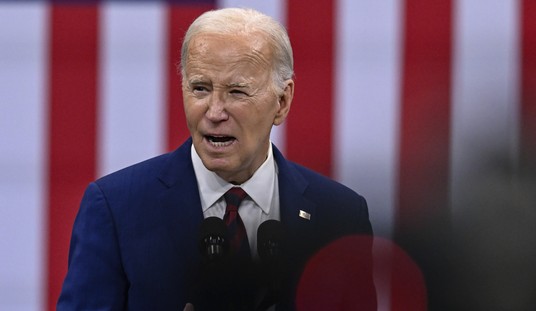Head to the local big-box electronics store and buy yourself: a Panasonic home theater system ($500), an Insignia 50-inch plasma HDTV ($700), an Apple 8GB iPod Touch ($175), a Sony 3-D Blu-ray disc player ($219), a Sony 300-CD changer ($209), a Garmin portable GPS ($139), a Sony 14.1-megapixel digital camera ($200), a Dell Inspiron laptop computer ($450) and a TiVo high-definition digital video recorder ($300).
This is not an endorsement of any of these products. I don't own any of them (though if the manufacturers are keen to find out my opinion, they can send me some non-returnable demos). But you can fill your shopping cart with these items for less than $3,000. The average American worker needs to work 152 hours to earn that much money.
In 1964, however, the average American worker could buy one pricey stereo from Radio Shack after working 152 hours. My colleague at the American Enterprise Institute, Mark Perry, a University of Michigan economist, crunched the numbers.
What's the point? Well, there's a big one. We are constantly told that the American working man is so much worse off than he used to be. And if you measure income one way, you can make that case.
Indeed, the Democratic Party in recent years has become obsessed in looking at the economy only in that one negative way to justify its avocation: giving more stuff to the poor and middle class because they are "falling behind."
The wealth of nations, according to Adam Smith, the founding father of the market economy, is not measured in GDP or cash reserves. Rather, it "consists in the cheapness of provision and all other necessaries and conveniences of life."
Recommended
By that standard, American wealth in general, and the wealth of poor Americans, has skyrocketed in the last half-century, and the government had relatively little -- though certainly not nothing -- to do with it. And it's not just that consumer items are cheaper than ever, they're also better than ever. An iPhone today isn't just better than yesterday's phones, it's better than yesterday's cameras, calculators, portable stereos and computers. Many of the standard features on a 2010 Honda Accord were considered luxury items 10 years ago and almost unimaginable 20 years ago.

Now, you might argue that while, say, TiVo might be a great convenience, it's not a necessity. Given the divergent TV tastes in the Goldberg household, I might disagree. But fair enough: The real necessities are food, clothing, shelter and medical care, according to most people.
Well, food has gotten steadily cheaper -- for everybody -- over the last century. For instance, Perry calculates that eggs cost about one-tenth as much as they did at the beginning of the century. Moreover, Americans, with their allegedly stingy government, pay about half as much for food as Europeans do.
So, what has gotten more expensive? According to St. Lawrence University economist Steven Horwitz, there are only four areas that have become more expensive over the last century as measured in their "labor price": housing, cars, higher education and medical care. With the arguable exception of a college degree, all are marked with wildly improved quality. And the main reason for rising medical and college costs (and to a lesser degree housing costs) is that the government has distorted the market by "helping."
For example, Rep. Paul Ryan, R-Wis., underwent Lasik eye surgery in 2000. He paid cash, and it cost $2,000 an eye. "Since then," he told the Washington Post, "it's been revolutionized three times and now costs $800 an eye. This sector isn't immune from free-market principles."
No, but it is protected from them.
Even so, the costs of housing, food and clothing combined have dropped over the last century from about 75 percent of the average family's expenditures to around 35 percent, largely thanks to the ability of the market to democratize innovation and decrease the cost of necessities and conveniences.
None of this is to say that the middle class and the poor aren't facing tough times, or that our government policies are perfectly suited to their needs.
But ever since the dawn of the Obama presidency millennia ago, the air has been thick with claims that government needs to get much more deeply involved in the private sector. According to Obama and Co., only government can provide what the working people in America need, and "doing nothing" is the only unacceptable suggestion. "The one thing I don't want to hear," as Obama likes to say, is that more government isn't the answer.
Maybe he should get his hearing checked by the same guy who did Ryan's eyes.

























Join the conversation as a VIP Member